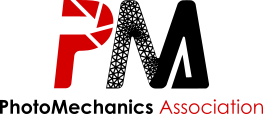Investigations on exit burr formation mechanisms based on digital image correlation and numerical modelling
Résumé
Requirements on burr height and burr amount on machined parts are getting stricter. This leads to method development from manufacturing companies to predict burr distribution and its size along part edges. A deeper understanding of burr formation mechanisms will assist to more accurate model development.This study aims to analyze the exit burr formation, which is formed during orthogonal cutting of a brittle cast aluminum alloy. A customized Digital Image Correlation (DIC) system with the help of a high-speed camera was used to measure the displacements fields. It calculates strain fields during burr initiation and development in orthogonal cutting of T7 heat-treated cast Aluminum alloy ENAC-AlSi7Mg0.3 as well. Those results are then qualitatively compared with a numerical model of the burr with chamfer formation developed and simulated using a Finite Element Method (FEM), to ensure a good correspondence between experiments and simulation. This model is used to complete the DIC study of burr with chamfer formation mechanisms during crack propagation leading to chamfer formation. The analysis of numerically obtained stress triaxiality fields and of DIC observations from experiments are compared to the assumptions made from analytical models. Finally, necessary improvements of an existing burr formation analytical model are proposed.
| Origine | Fichiers produits par l'(les) auteur(s) |
|---|
Loading...
